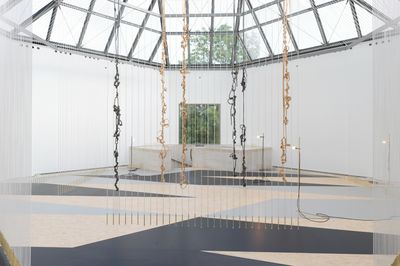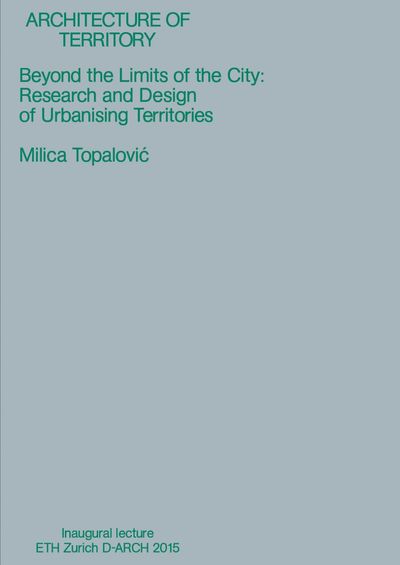Regards CroisésCarole Schmit and Milica Topalović on Leonor Antunes

Mudam invites people from a wide variety of fields to take a personal look at the museum’s exhibitions. Two architects who met twenty years ago during their postgraduate studies in Amsterdam, Carole Schmit (Luxembourg) and Milica Topalović (Zurich) will, on 17 February 2021 at 7 pm offer an interpretation on Leonor Antunes’ work, by mixing and sharing research impressions from their own body of references. It is a virtual conversation in real time composed by the principle of controlled chance operations, dealing with issues such as architecture details of their own designs and readings on figures that influenced their respective work.
The performance will be open to the public, either via livestream or by attending the event physically at Mudam, where the audience will have two choices: sitting in the Mudam Auditorium and enjoying the media performance on a big screen with digital audio, or accessing Leonor Antunes’ exhibition on view in the pavilion. The exhibition space will be simultaneously captured in real time via Zoom video recording, as the two architects are in conversation. During the forty-five to sixty-minute event Dora Thiry, a young Luxembourgish dancer, will perform in the exhibition space.
Carole Schmit is Guest Professor of Architecture at the University of Luxembourg and works at the same time for the Administration of Public Works. For about fifteen years she has developed in her office Polaris for her design and research projects an architectural syntax based on the influences related to street culture, conceptual art and anthropological studies. Over the time her concern for ecology and economy within architectural design practice have added more layers to her work. Together with her partner François Thiry, she develops ideas such as The Threatened City, a dystopian projection due to the consequences of climate change on European cities or The Ordos Effect, a storytelling phenomenon based on communication devices far more powerful than the past Bilbao-effect. Her design work has been published in different magazines such as Wall Street Journal (New York), The New York Times, (New York), Paisea (Valencia, Spain), Mark (Netherlands), Contemporary (London), Technique et architecture (Paris), Arch+ (Germany), A10 (Germany), A+ (Bruxelles), Abitare (Milano), Arhitectura (Bucarest), DDO (Lille) and different media in Asia-Pacific. She has published herself articles about art, architecture. and urbanism in international and local media. She contributed to the editions of Mutations with the project USE – Uncertain States of Europe with Multiplicity published by Actar (Barcelona) in 2000, or Unseen I slipped away with Maurice Nio published by 010 (Rotterdam) in 2003, or Our House with François Thiry published by Maison Moderne (Luxembourg) in 2014.
Milica Topalović is an Associate Professor of Architecture and Territorial Planning at the ETH Zurich Department of Architecture. Her work is concerned with territories beyond-the-city and urgent transformation processes they are exposed to, through the movement of capital, social restructuring, and environmental change. She undertook a range of territorial studies around the world, in remote regions, resource hinterlands, and countrysides, in an effort to decenter and “ecologise” architect’s approaches to the city, the urban, and urbanisation. From 2011–15 she held a research professorship at the ETH Future Cities Laboratory in Singapore, studying the relationship between a city and its hinterland. In 2006 she joined the ETH as head of research at Studio Basel Contemporary City Institute, where she taught research studios on cities and on territories such as Hong Kong and the Nile Valley. Topalović graduated with distinction from the Faculty of Architecture in Belgrade and received a Master’s degree from the Dutch Berlage Institute for her thesis on Belgrade’s post-socialist urban transformation. Since 2000, she worked on projects in different spatial scales and visual media. Her work has been published in various international journals, including Harvard Design Magazine, New Geographies, and Architectural Design, as well as in various anthologies. She has co-authored (together with Roger Diener et al) The Inevitable Specificity of Cities (Zurich 2015) and (together with Uta Hassler) Constructed Land. Singapore 1924–2012 (Zurich 2014). Her book Hinterland: Singapore Beyond the Border is forthcoming.


